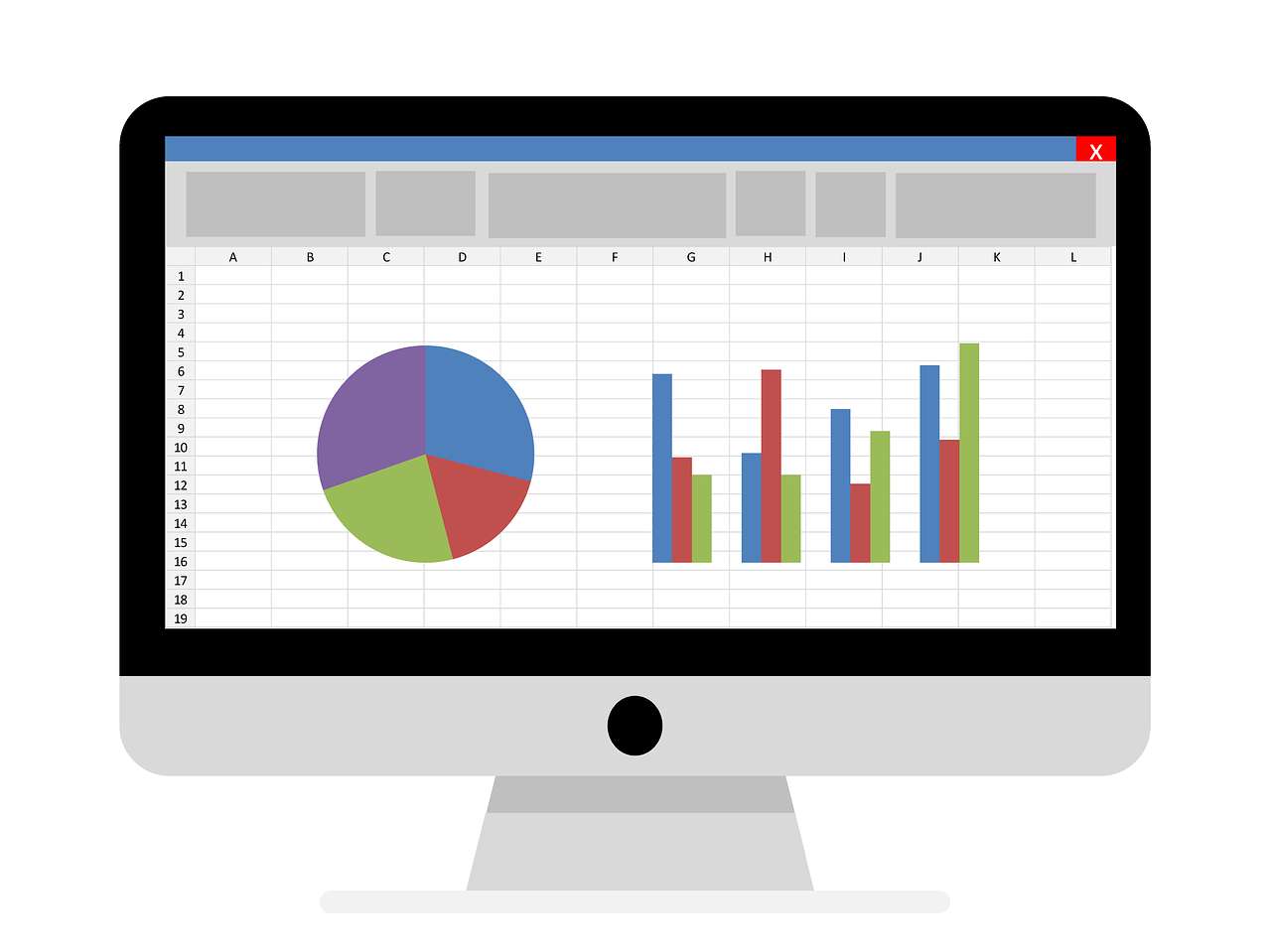Chapters
HPPSC Ayurvedic Pharmacy Officer Tutorial

Overview
Ayurvedic pharmacy, an age-old practice deeply rooted in the principles of Ayurveda, serves as a testament to the profound wisdom of ancient healers. It encompasses the art and science of preparing, compounding, and dispensing traditional Ayurvedic formulations, drawing its foundation from the natural world. Ayurvedic pharmacy encapsulates the preparation of herbal remedies, mineral compounds, and animal-based products, each carefully selected for its therapeutic properties and meticulously combined to achieve desired health outcomes.
1.2 Historical Perspectives: Ayurveda's Enduring Legacy in India
The origins of Ayurveda can be traced back to the Vedic era in ancient India, over five thousand years ago. The earliest Ayurvedic texts, the Charaka Samhita and the Sushruta Samhita, dating back to 600-800 BC, provide a comprehensive framework for comprehending health, disease, and the role of pharmacy in maintaining well-being. Over the centuries, Ayurveda has evolved and adapted, incorporating influences from various cultures and traditions, yet its core principles and practices have remained largely unchanged.
1.3 Ayurveda and Pharmacy: A Synergistic Relationship
Ayurveda, a holistic system of medicine, envisions pharmacy as an integral component of its therapeutic approach. Ayurvedic pharmacy is guided by the fundamental principles of Ayurveda:
-
Tridosha Theory: Ayurveda posits that health is a state of equilibrium among three vital energies or doshas - Vata, Pitta, and Kapha. Imbalances in these doshas lead to disease. Ayurvedic pharmacy aims to restore and maintain this delicate balance through the judicious use of herbs and other natural substances.
-
Panchakarma: This detoxification process, a cornerstone of Ayurvedic medicine, employs various techniques such as emesis, purgation, and enemas to eliminate accumulated toxins from the body. Ayurvedic pharmacy plays a crucial role in providing the necessary formulations and therapies for effective Panchakarma treatments.
-
Rasayana: Literally meaning "rejuvenation," Rasayana therapy seeks to promote longevity, prevent premature aging, and enhance overall well-being. Ayurvedic pharmacy contributes to this goal by providing formulations that support vitality, immunity, and cognitive function.
1.4 Ayurvedic Formulations: A Symphony of Natural Ingredients
Ayurvedic pharmacy employs a diverse range of natural ingredients, including:
-
Herbs: A vast pharmacopoeia of medicinal plants, each with unique therapeutic properties, forms the backbone of Ayurvedic pharmacy. Examples include turmeric, ginger, ashwagandha, and neem.
-
Minerals: Ayurvedic formulations often incorporate minerals such as iron, calcium, and zinc, which contribute to overall health and well-being.
-
Animal-based Products: Traditionally, certain animal-based products, such as ghee (clarified butter) and honey, have been used in Ayurvedic pharmacy for their specific medicinal properties.
1.5 Ayurvedic Pharmacy: A Legacy of Healing and Prevention
Ayurvedic pharmacy has played a significant role in promoting health and well-being in India and beyond. Ayurvedic formulations have been used to treat a wide range of ailments, from common colds to chronic diseases. The emphasis on prevention in Ayurveda has also led to the development of formulations designed to maintain health and longevity.
1.6 Conclusion: Unveiling the Power of Ayurvedic Pharmacy
Ayurvedic pharmacy stands as a testament to the enduring wisdom of ancient healers and the power of nature to restore and maintain health. Its holistic approach, grounded in the principles of Ayurveda, provides a unique perspective on health and disease. As we delve deeper into the world of Ayurvedic pharmacy, we uncover a treasure trove of knowledge and practices that continue to benefit people to this day.
FAQs
-
What is Ayurvedic pharmacy? Ayurvedic pharmacy is the art and science of preparing, compounding, and dispensing traditional Ayurvedic formulations, drawing its foundation from the natural world.
-
When did Ayurveda originate? Ayurveda's origins can be traced back to the Vedic era in ancient India, over five thousand years ago.
-
How is Ayurveda related to pharmacy? Ayurveda views pharmacy as an integral part of its holistic approach to maintaining health.
-
What is the Tridosha Theory? The Tridosha Theory states that health is a state of equilibrium among three vital energies or doshas - Vata, Pitta, and Kapha.
-
What is the role of Ayurvedic pharmacy in Panchakarma? Ayurvedic pharmacy provides the necessary formulations and therapies for effective Panchakarma treatments.
-
What is Rasayana therapy? Rasayana therapy aims to promote longevity, prevent premature aging, and enhance overall well-being.
-
What natural ingredients are used in Ayurvedic pharmacy? Ayurvedic pharmacy employs a diverse range of natural ingredients, including herbs, minerals, and animal-based products.
-
How is Ayurvedic pharmacy beneficial for health? Ayurvedic pharmacy has been used successfully to treat a wide range of ailments, promote health, and prevent diseases.
-
Is Ayurvedic pharmacy only practiced in India? Ayurvedic pharmacy has gained global recognition and is now practiced in many countries worldwide.
-
Is Ayurvedic pharmacy safe to use? When used under the guidance of qualified Ayurvedic practitioners, Ayurvedic pharmacy is generally considered safe.
Tutorials are for educational purposes only, with no guarantees of comprehensiveness or error-free content; TuteeHUB disclaims liability for outcomes from reliance on the materials, recommending verification with official sources for critical applications.
Similar Tutorials

Advanced Excel Charts Tutorial: How to Create Prof...
Learn how to create professional charts in Excel with our advanced Excel charts tutorial. We'll show...

Advanced Excel Functions: Tips and Tricks for Boos...
Are you tired of spending hours working on Excel spreadsheets, only to find yourself stuck on a prob...

Apache Flume Tutorial: An Introduction to Log Coll...
Apache Flume is a powerful tool for collecting, aggregating, and moving large amounts of log data fr...
Explore Other Libraries
Related Searches
Please allow ads on our site
Kindly log in to use this feature. We’ll take you to the login page automatically.
Login
Join Our Community Today
Ready to take your education and career to the next level? Register today and join our growing community of learners and professionals.

Your experience on this site will be improved by allowing cookies. Read Cookie Policy
Your experience on this site will be improved by allowing cookies. Read Cookie Policy


Comments(0)